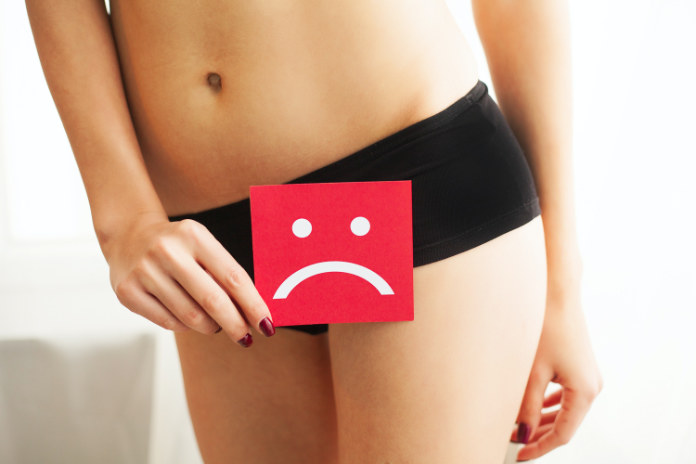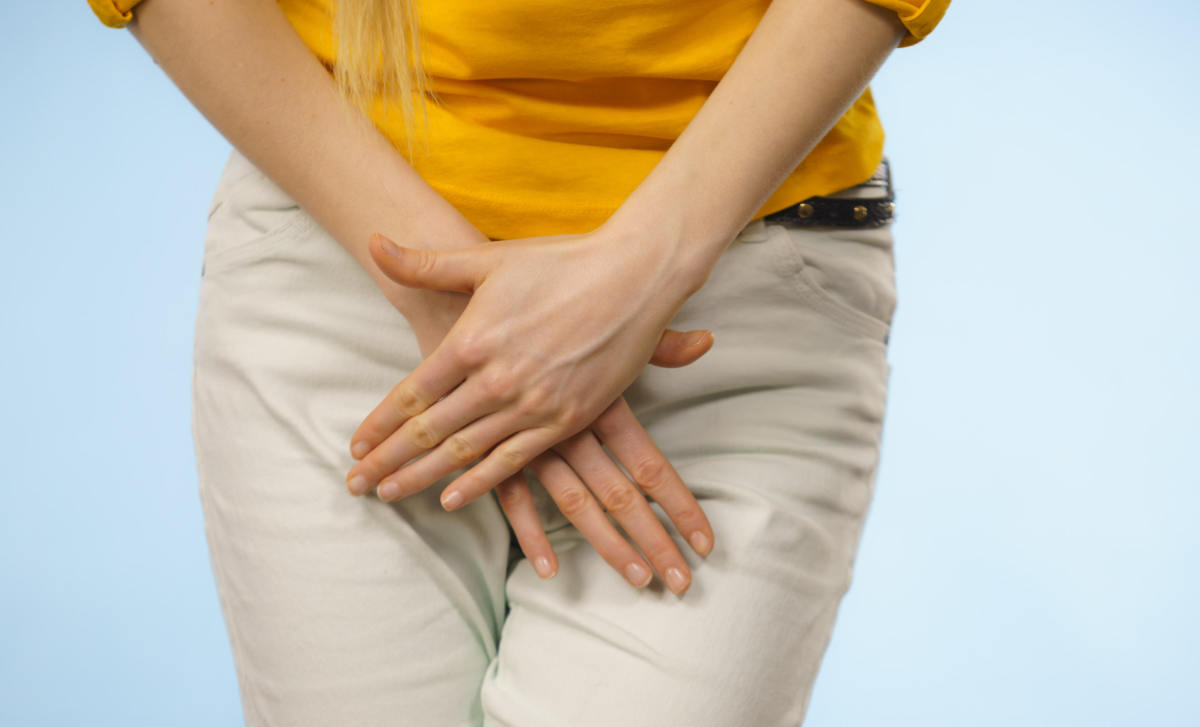Bacterial vaginosis, also known as BV, is twice as common as thrush, and as many as one third of the UK’s women will have it at some point, according to intimate health brand Balance Activ (balanceactiv.com).
But many women mistake their symptoms for thrush, leading to incorrect treatment and frustration when it keeps reoccurring.
BV happens when the careful balance of vaginal bacteria is disrupted, often causing an unpleasant odour – but around half of women with bacterial vaginosis don’t have any symptoms whatsoever.

Bacterial vaginosis myths
Confused? We spoke to gynaecologist, Dr Shazia Malik, to find out the seven most common myths surrounding BV.
1. It’s the same as thrush
“False. BV is a bacterial condition, unlike thrush, which is a yeast infection. It’s also twice as common as thrush, but very few women are aware of it, meaning more than 60% of are misdiagnosing their symptoms as thrush.
“We don’t know exactly why this is. But the fact that thrush is so widely known and talked about means women are much more likely to think of thrush when experiencing abnormal vaginal symptoms.”
2. You get BV from having sex
“True. BV can be triggered by sexual intercourse between a heterosexual couple, particularly with a new partner. This is because semen is alkaline and can affect the vaginal pH balance.
“As only people with vaginas can have BV, it is more likely to occur in women in same sex relationships, especially if they share sex toys.
“However, BV is not an STI. There are also lots of other totally normal and common things that can disrupt the natural vaginal pH and trigger BV, like wearing tight clothing and thongs, heavy periods, hormonal changes, the coil and even having baths instead of showers.”
3. You can avoid BV by eating acidic food
“Not true. There is no overt evidence that the foods we eat can impact our vaginal pH levels, but what we eat affects all of our body in one way or another.
“Dehydration or too much alcohol might also have an effect, so it makes sense to have a healthy and balanced diet so that we can be healthy inside and out.”
4. BV makes you itch
“False again. While BV can cause occasional discomfort, intense itching or even a burning sensation is usually a symptom of thrush.
“The main symptom of BV is a thin, watery discharge that is often grey in colour and can have a fishy odour, especially after sex or during a period.”
5. Anyone can get BV

“Another myth. Anyone with a vagina can get BV – in fact, at least 1 in 3 of us will experience BV at some point, but men cannot get it.”
6. You can clear up BV by washing your vulva more
“Nope. In fact, over-washing can be a trigger – once a day is plenty. Douching is also a big no-no, as well as using perfumed soaps or antiseptic products as these could also upset the natural balance of the vagina.”
7. You have to take strong antibiotics to clear up BV
“False. BV can sometimes clear up itself. However, if it doesn’t then the mainstays of treatment are changing the vaginal pH back to being slightly acidic, increasing the number of healthy protective lactobacilli and removing the overgrowth of unhealthy bacteria.
“This can be done using BV treatments available in Boots or your local pharmacy, usually in the form of a gel or pessary. However, if your symptoms persist a course of antibiotics may be advised.”
Read our guide to the menopause































































